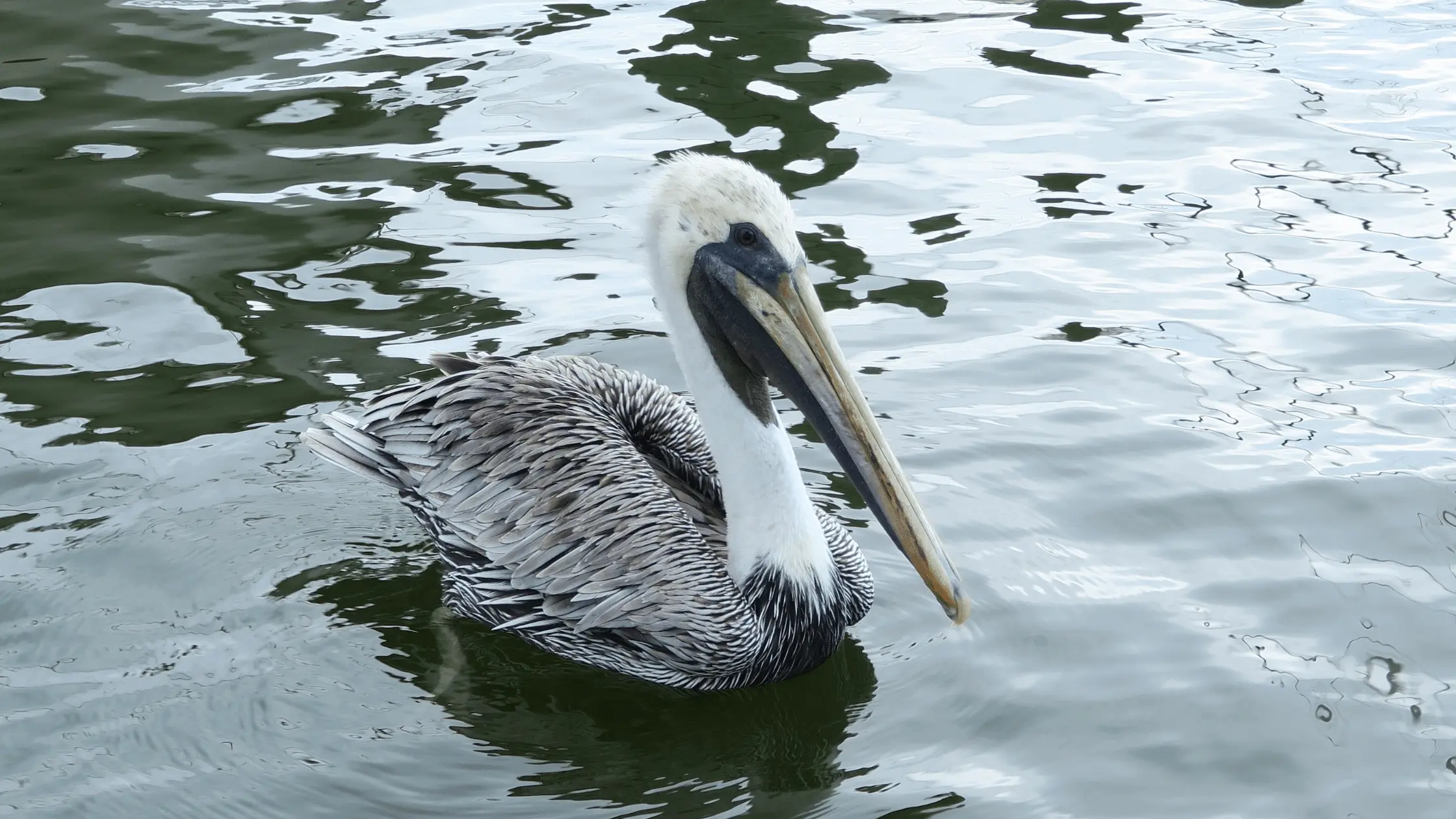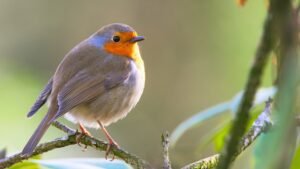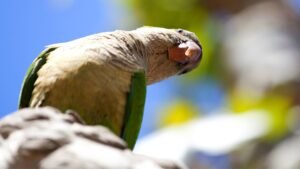It is unusual to find birds sleeping in their nests unless a bird is breeding. Where exactly do they go at night if they don’t often sleep in their nests?
Most birds forage and go about their usual activities during the day. At night, they reduce their movement and begin to retire to certain places depending on their location.
In this article, we will reveal the nightly habits of different birds and where they shelter during nighttime.
Where Birds Go At Night
Trees

The majority of birds sleep in trees at night. Many birds perch on branches and as close to the tree trunk as they can manage. These birds enjoy the warmth the tree trunk retains from the day’s sunshine. Also, the birds will be alerted to predators’ presence by the tree trunk’s vibrations.
In addition, some birds sleep in large flocks on tree branches, with several members staying on the lookout for any signs of danger.
Water Bodies

Water fowls such as ducks, geese, and swans will shelter close to water bodies while roosting. These birds are also known to sleep while floating on water and often form large flocks when roosting at night.
Wading birds such as herons usually sleep while standing in water.
Abandoned Buildings

Many birds take shelter in unoccupied buildings at night, and it is common to find birds sheltering in garages, balconies, and alcoves. This behavior is common when birds escape harsh weather or raise new offspring.
Rocks

Small birds usually seek suitable rocks they can shelter in for the night. These cavities provide the birds with sufficient warmth to protect them from harmful weather conditions and natural predators.
Factors That Influence The Nightly Activities Of Birds
Species
A bird’s nightly activity is largely dependent on its natural adaptation. While some birds have excellent vision during the day, there are birds that can only see clearly at night. Depending on what time of the day birds are predominantly active, we can classify them into diurnal and nocturnal birds.
Diurnal birds are mainly active during the day. They do all their foraging in the day and sleep most of the night.
On the other hand, nocturnal birds are more active at night. These birds do their foraging and hunting at night and roost for most hours of the day. Nocturnal birds have several natural adaptations that enable them to survive this way.
The most important feature of nocturnal birds is their large eyes. Their large eyes absorb any available light and enhance their vision.
Nocturnal birds also have facial disks that improve their hearing in the dark. The wings of these birds also come with tiny fringe feathers that break the air moving over their wings. This adaptive feature muffles their wings’ sound while in flight. These natural adaptations allow nocturnal birds to locate their food and escape their natural predators easily.
Region
Where a bird resides affects its nightly habit. The availability of a bird’s preferred diet, the presence of its natural predators, and climate conditions are largely influenced by where it stays.
In regions where a bird’s favorite meal is more abundant at night, they will do most of their foraging at night. Also, in places where a bird’s natural predators are more active during the day, the bird will leave its foraging till late at night to avoid running into such predators.
In the same way, a bird will go into hiding at night if nocturnal predators are present in its location. Birds are also more active in favorable weather, and they will shelter from extreme cold or hot temperatures, heavy rainfall, and storms.
Most birds sleep at night because it is too cold to move around. Other birds may not be active at night because they prefer foraging in clear weather.
Migration
Many seasonal birds migrate at different times during the year due to changing weather. A lot of diurnal migratory birds are known to travel mostly at night. This way, they get to rest, forage for food during the day and can cover longer distances at night.
Most of these migratory birds also rely on the stars for direction. Hence, they will do most of their travel at night when the stars are out. Smaller birds also travel at night to reduce the chances of running into larger birds of prey.
Reproduction
Most birds will remain in their nests throughout the night during nesting season. This way, they ensure that their eggs are adequately protected from predators and extreme weather conditions.
Also, some birds take advantage of the silence of the night to sound out calls to prove their vitality and attract potential mates.
Frequently Asked Questions
Do Birds Sleep While Standing Up?
Some birds remain standing while they sleep. They can comfortably adopt such a sleeping stance due to the shape of their legs. These birds have four toes on their legs; three toes facing forward and the last toe pointing backward. These toes wrap themselves around any branch a bird lands on to create a secure hold.
The bird’s toes will only loosen its grip when it lifts its weight. It is also common to find birds standing on just one leg while they sleep.
Where Do Birds Sleep When It Rains?
In bad weather, birds take shelter among dense foliage, hollow tree trunks, and rock crevices. They will also keep their bodies warm by fluffing their feathers and tucking their beaks beneath their wings.
Do Birds Sleep In The Same Spot Every Night?
Contrary to popular opinion, birds do not return to their nests every night. However, a few birds, like woodpeckers, will often dwell for long periods in any secure hideout they find. Hence, they will return to the safety of these spots most nights. Sick or injured birds might remain in the same place till they heal.





